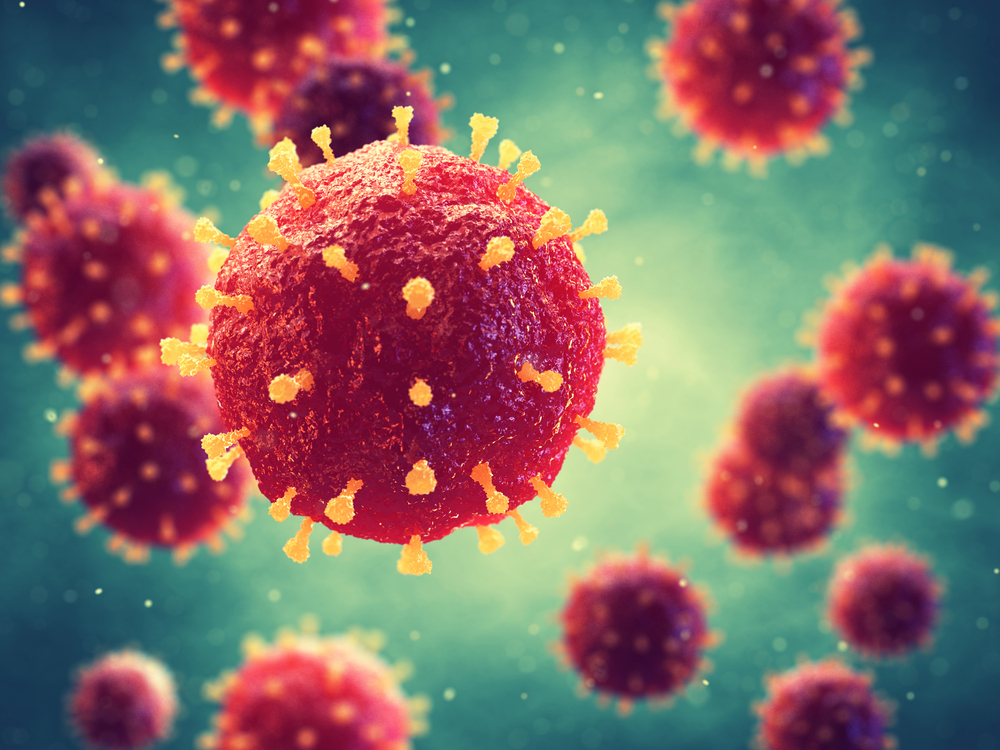Proteins Linked to Neutrophil Clearance Altered in GPA Patients, Study Finds

The neutrophils of patients with granulomatosis with polyangiitis (GPA) have altered levels of proteins involved in neutrophil clearance, which may contribute to the blood vessel inflammation and autoimmunity marking this disorder — especially in patients with kidney damage — a study has found.
Harnessing these altered pathways could lead to novel biomarkers of disease activity as well as new therapeutic opportunities to treat kidney damage in these patients, a common consequence of GPA.
The study, “Proteomic analysis of neutrophils in ANCA-associated vasculitis reveals a dysregulation in proteinase 3-associated proteins such as annexin-A1 involved in apoptotic cell clearance,” was published in the journal Kidney International.
GPA is a type of ANCA vasculitis, a collection of autoimmune disorders that cause abnormal blood vessel inflammation (vasculitis) associated with the production of anti-neutrophil cytoplasmic autoantibodies or ANCA.
ANCAs mistakenly attack a kind of white blood cell called neutrophils, specifically targeting one of two major neutrophil proteins — proteinase 3 (PR3) and myeloperoxidase (MPO).
Patients with GPA normally are ANCA-positive at diagnosis (95% of patients) and most commonly associated with PR3-ANCA (about 65% of patients), while some may carry ANCAs that target MPO.
Although the mechanisms behind ANCA vasculitis are still poorly understood, neutrophils are known to be crucial players both as a target of autoimmune responses, and as the noxious cells that cause destruction of blood vessel lining, as well as kidney damage.
Hence, understanding the specific pathways that are altered in these neutrophils “are essential for the development of targeted therapeutics,” the researchers noted.
In the study, they examined which changes happened to the bulk of proteins produced by neutrophils in patients with GPA. They were particularly interested in the changes associated with apoptosis, a type of controlled cell death, because this process has been shown to be delayed in GPA.
Apoptosis is an important mechanism to ensure a safe clearance of neutrophils, minimizing the release of toxic content upon their death that can further contribute to ongoing inflammation, tissue destruction, or autoimmunity.
However, if the apoptotic process is somewhat altered in GPA patients, it may result “in a disruption of immune silencing, favoring autoimmunity and perpetuating inflammatory processes,” the researchers wrote.
To address apoptosis-related changes, the researchers performed a global protein analysis comparing neutrophils from patients at GPA onset and in active disease with patients in remission (after glucocorticoid treatment) and healthy controls — under basal conditions and during apoptosis.
The results showed that 96 proteins within neutrophils were significantly different, in terms of relative levels, between patients with active disease and healthy controls. These alterations were even more pronounced when apoptosis was induced in the lab.
Notably, the protein profiles of GPA patients in remission were in an intermediate position between healthy controls and patients with disease onset, both at the basal state and after apoptosis, “strongly suggesting that treatment significantly shifted the protein pattern of GPA” toward healthy controls, the researchers said.
The majority of proteins changed were involved in cell death and survival, cell movement, and sugar metabolism.
The researchers highlight that several of the proteins identified are known PR3 binding proteins involved in the clearance of apoptotic cells, including calreticulin (an “eat-me signal”); annexin-A1 (AnxA1), a protein important for neutrophil apoptosis and the resolution of inflammation; and phospholipid scramblase 1 (PLSCR1), an enzyme responsible for the movement of fats across the cell membrane.
There was some evidence that, upon inducing apoptosis, these proteins would form a platform at the membrane of neutrophils in patients with GPA but not in healthy individuals, and this seemed to be associated with kidney damage in patients.
Higher membrane expression of AnxA1 and PR3 on apoptotic neutrophils was significantly correlated with patients who had biopsy-proven kidney disease (30 patients) at disease onset, an association that disappeared during remission.
In patients with lung, ear, nose, and throat signs but without renal involvement (16 patients), there was no such correlation.
“These data suggest that apoptosis-induced PR3 membrane expression and its related partners, especially AnxA1, might participate in the pathophysiologic mechanisms involved in vasculitis with renal involvement,” the team noted.
“Thus, our study shows that neutrophils from patients with GPA have an intrinsic dysregulation in proteins involved in apoptotic cell clearance, which could contribute to the unabated inflammation and autoimmunity in GPA,” the researchers wrote.
“Despite this, even in remission, proteomic results from GPA neutrophils do not fully resemble [healthy controls], indicating that treatment could not overcome all intrinsic defects likely to contribute to the pathogenesis of this disease,” they added.
The fact that the protein profile found in neutrophils from GPA patients with active disease can be easily distinguished between healthy controls and patients in remission indicates this approach “is valuable in identifying not only new markers of disease activity but also potential therapeutic opportunities and especially targeting serine proteinase activities [such as that of PR3],” the researchers stated.






